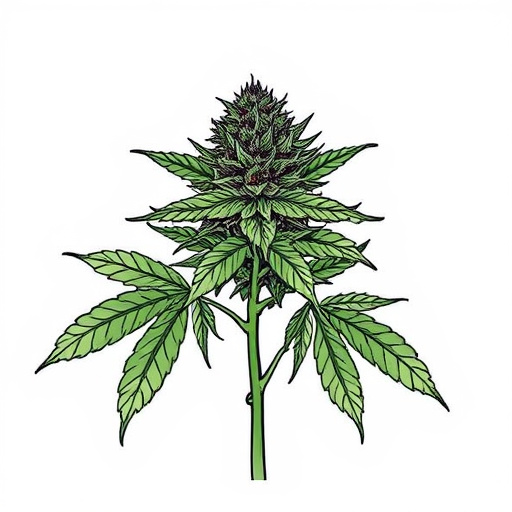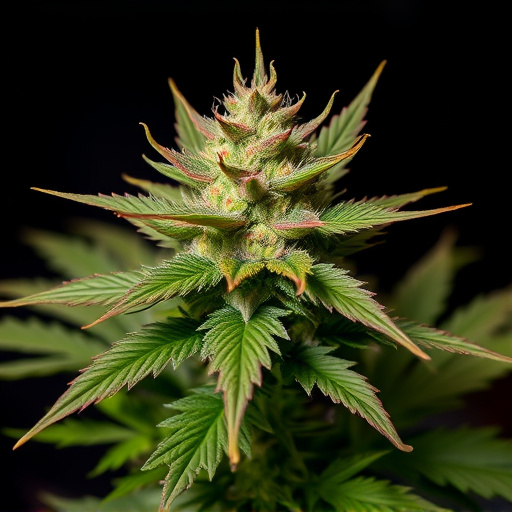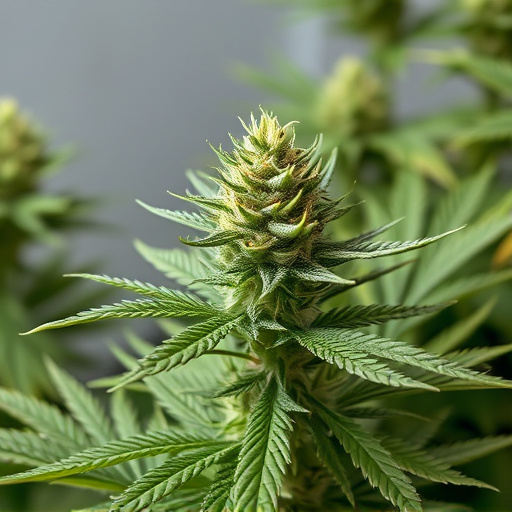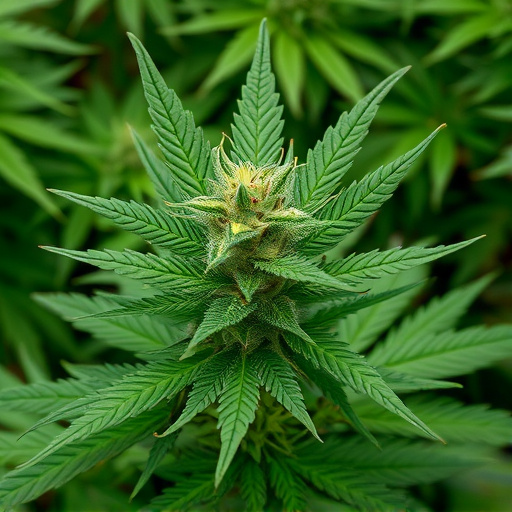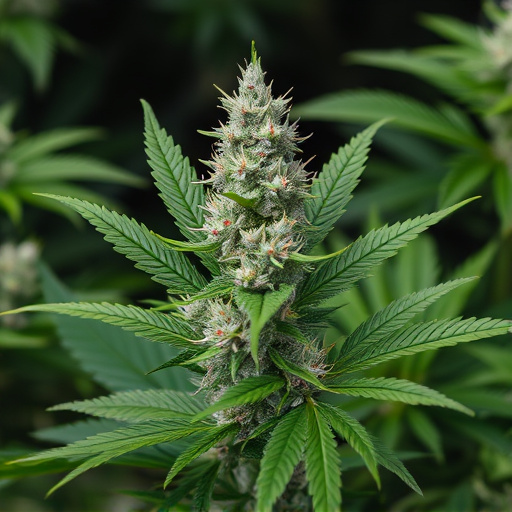Medical strains of cannabis come in two main forms: full-spectrum and isolated. Full-spectrum cannabis includes all natural compounds, providing a broader range of health benefits through the entourage effect, which balances various cannabinoids like THC and CBD. Isolated cannabis focuses on pure, single cannabinoids, offering precise effects but fewer therapeutic options. Users often prefer full-spectrum for managing conditions like inflammation, mood disorders, sleep issues, and pain with reduced side effects, while isolated strains appeal to patients seeking targeted therapy for specific medical needs. The optimal choice depends on individual symptoms and desired outcomes.
Discover the distinct differences between full-spectrum and isolated cannabis flower. Full-spectrum offers a vibrant tapestry of compounds, providing a holistic experience and potential therapeutic benefits from the plant’s natural synergies. In contrast, isolated forms deliver pure, concentrated effects, allowing users to target specific needs. This guide explores medical applications and helps you choose the ideal strain for your requirements, whether seeking relaxation, pain relief, or other beneficial properties of these remarkable plants.
- Understanding Full-Spectrum Cannabis: Properties and Benefits
- Isolated Cannabis Flower: Purity and Specific Effects
- Medical Applications: Choosing the Right Strain for Your Needs
Understanding Full-Spectrum Cannabis: Properties and Benefits

Full-spectrum cannabis refers to plants that contain all the natural compounds found in the marijuana plant, including cannabinoids like THC and CBD, as well as terpenes and flavonoids. These additional compounds contribute to what’s known as the “entourage effect,” where the combined action of these substances may produce a more balanced and potentially more effective therapeutic outcome than isolated or concentrated forms of cannabis.
Beyond offering a broader range of potential health benefits, full-spectrum medical strains of cannabis are often preferred by users seeking relief from various conditions. The complexity of these natural compounds interacting can lead to reduced inflammation, improved mood, better sleep, and enhanced pain management—all without the potentially unsettling side effects sometimes associated with isolated cannabinoids.
Isolated Cannabis Flower: Purity and Specific Effects
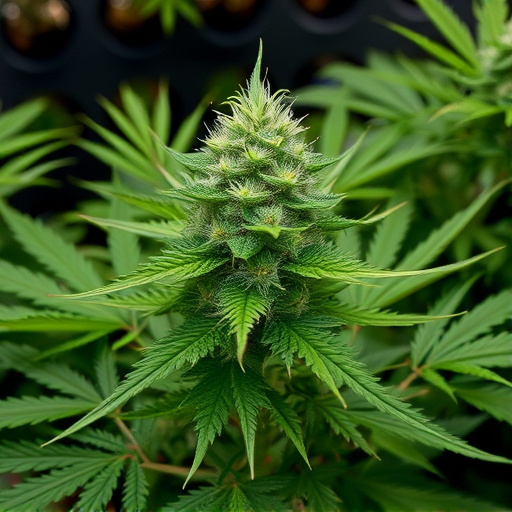
Isolated Cannabis Flower offers a level of purity that sets it apart from full-spectrum varieties. This means each batch is meticulously tested to ensure it contains only the intended cannabinoid profile, free from any unwanted terpenes or other plant matter. This focus on purity allows for more precise dosing and tailored effects, making Isolated strains particularly appealing for those seeking specific medical benefits of cannabis without the added complexities of full-spectrum oils.
For example, patients with specific conditions like chronic pain or anxiety might find an isolated THC or CBD strain highly effective in managing their symptoms. The absence of other cannabinoids and terpenes ensures that the desired effect is achieved without potential negative interactions. This precision in dosing can be crucial for medical cannabis users looking to optimize their treatment while minimizing any unwanted side effects.
Medical Applications: Choosing the Right Strain for Your Needs

When it comes to medical applications, choosing the right strain is paramount to maximizing potential benefits and managing side effects. Full-spectrum cannabis offers a wide range of cannabinoids, including THC and CBD, along with terpenes and flavonoids, which work together in what’s known as the entourage effect. This synergistic interaction can provide a more balanced and diverse therapeutic profile, beneficial for conditions like chronic pain, inflammation, and anxiety.
In contrast, isolated cannabis flower focuses on a single cannabinoid, typically THC or CBD. While this can be advantageous for patients seeking specific effects, such as THC’s psychoactive properties for managing chronic pain or CBD’s anti-inflammatory benefits, it may not offer the same breadth of therapeutic options as full-spectrum strains. Patients with complex medical needs might find that full-spectrum cannabis provides a more comprehensive approach to their treatment regimen.
When it comes to selecting a medical strain of cannabis, understanding the distinctions between full-spectrum and isolated flower is key. Full-spectrum cannabis offers a broader range of potential benefits due to its diverse terpene and cannabinoid profile, while isolated flower provides targeted effects through concentrated active compounds. The ideal choice depends on individual needs and preferences. By considering the unique properties and medical applications of each, patients can make informed decisions to maximize their therapeutic outcomes.



